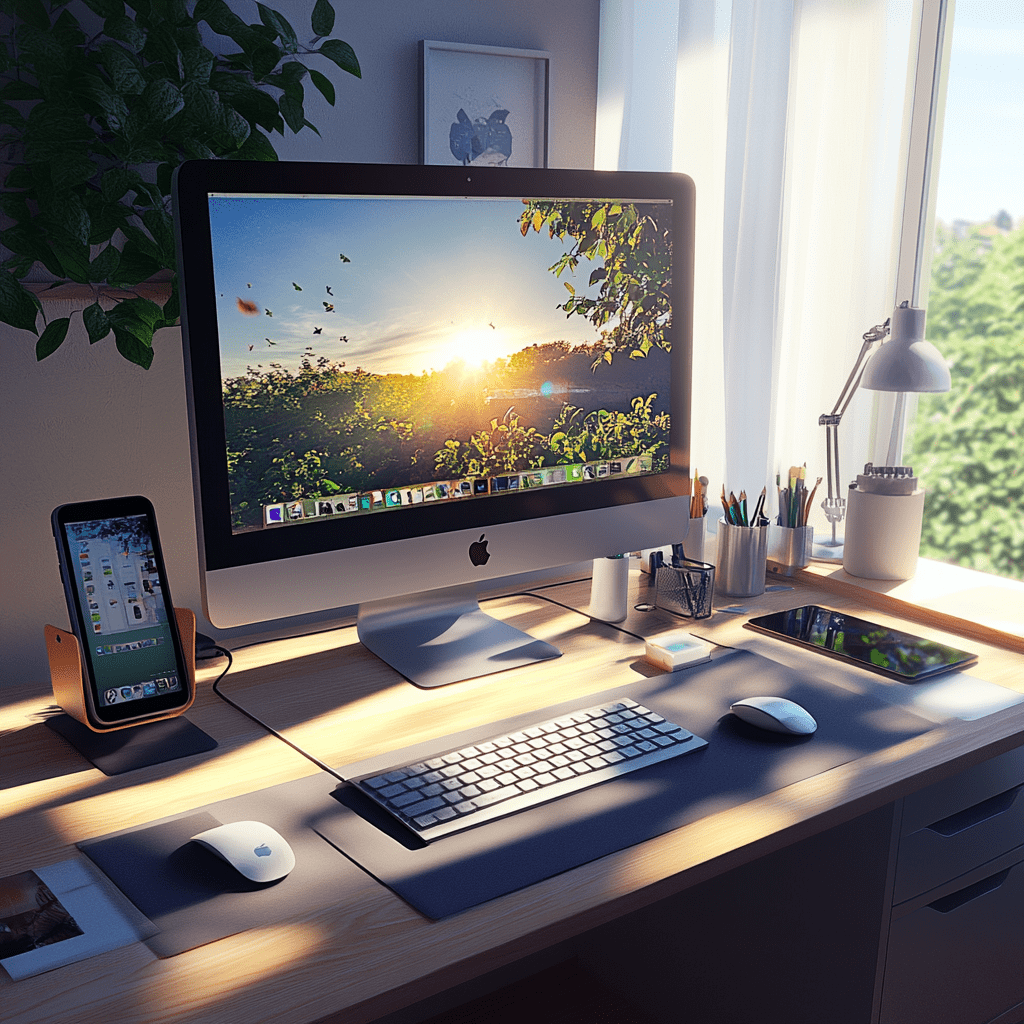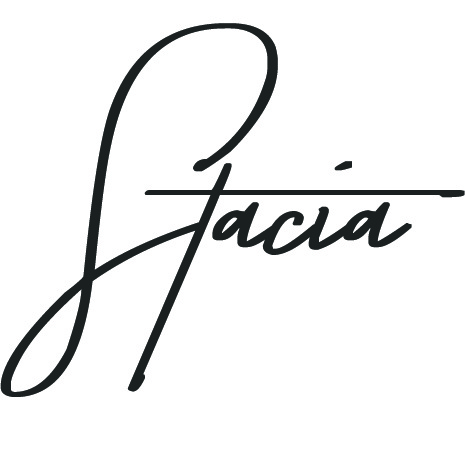In today’s fast-paced world, it’s easy to feel overwhelmed by endless to-do lists, back-to-back meetings, and a constant flood of emails and notifications. I live this daily!
This cycle of busyness can leave us feeling stressed, scattered, and unable to focus on what truly matters. That’s where the Minimalist Efficiency Method (MEM) comes in—a powerful approach that cuts through the clutter and helps you regain control over your time and energy.
In this post, I’ll show you how the Minimalist Efficiency Method can streamline your workweek, allowing you to achieve more with less stress. By focusing on what’s essential, prioritizing tasks, and eliminating distractions, you’ll feel calmer, more focused, and better equipped to tackle your week.
Ready to simplify your workweek? Let’s dive in!
1. Prioritize the Essential Tasks (The 80/20 Rule)
One of the core principles of the Minimalist Efficiency Method is focusing on the tasks that truly move the needle. The 80/20 Rule, also known as the Pareto Principle, states that 80% of your results come from 20% of your efforts. In other words, only some things on your to-do list are equally important.
How to Apply It:
- Identify your top 3 tasks for the day—what are the most impactful things you can accomplish? These should be tasks that, once completed, make the rest of your day (or week) feel smoother and more productive.
- Shift your focus away from low-priority tasks that often take up unnecessary time, such as excessive email checking or meetings that could have been an email.
By narrowing your focus on the most important activities, you’re not only boosting your productivity but also freeing up mental space to do higher-quality work. This reduces the “busywork” trap and helps you make measurable progress on your goals. I always feel better when I can cross those three things off my list for the day. I usually have them at the top of my daily calendar.
Pro Tip: At the start of each day, write down your top three priorities and put them front and center. Then, design your schedule around completing those tasks first.
2. Declutter Your Workspace for Mental Clarity
A cluttered workspace can often lead to a cluttered mind. According to the Minimalist Efficiency Method, keeping your physical environment organized and free of distractions is essential for maintaining focus and reducing overwhelm. When your workspace is clear, your mind has more room to think, create, and solve problems.
How to Apply It:
- Take 5-10 minutes at the start or end of each day to declutter your desk. Clear away unnecessary papers, organize your tools, and keep only the essentials within reach.
- Digital decluttering matters too! Clean up your desktop, minimize open tabs, and silence notifications that aren’t urgent.
Pro Tip: Create a designated workspace that’s inviting and free from distractions. This can significantly improve your focus and productivity throughout the day.

3. Time Blocking for Maximum Focus
Time blocking is a game-changing strategy within the Minimalist Efficiency Method that ensures you’re dedicating specific chunks of time to focused, deep work without distractions. Rather than bouncing between tasks, time blocking allows you to dedicate periods to certain projects or activities, ensuring that you work more efficiently and with greater focus.
How to Apply It:
- Break your day into blocks of time dedicated to specific tasks. For example, block off 9:00 AM – 11:00 AM for writing or project work, 11:00 AM – 12:00 PM for meetings, and so on.
- Make sure to schedule time for breaks! These are just as essential for maintaining focus and preventing burnout.
Pro Tip: Use tools like Google Calendar, a productivity planner, or time-blocking apps to visually map out your day.
4. Batch Similar Tasks Together
Another effective strategy in the Minimalist Efficiency Method is task batching, which involves grouping similar tasks together to maximize efficiency. Instead of switching between different types of tasks throughout the day, batch similar tasks (like emails, meetings, or creative work) together. This reduces the cognitive load of constantly shifting between activities, allowing you to work more smoothly.
How to Apply It:
- Dedicate one block of time to tasks like email checking, social media updates, or administrative work. By limiting these tasks to a specific time, you avoid the constant interruptions that occur when checking emails or notifications throughout the day.
- Group creative tasks, like writing or brainstorming, into a separate time block where you can focus without distractions.
Pro Tip: Combine task batching with time blocking for maximum efficiency. For example, set aside the first 30 minutes of your afternoon for emails and admin work, then move on to larger projects without checking back in on those smaller tasks.
5. Embrace Digital Minimalism to Reduce Distractions
Our digital world is full of distractions—constant notifications, emails, social media alerts, and app updates. Digital minimalism, a key component of the Minimalist Efficiency Method, encourages reducing these distractions to improve your focus and reclaim your time.
How to Apply It:
- Set specific times to check emails and notifications (for example, twice a day—once in the morning and once in the afternoon).
- Mute non-essential app notifications and remove apps that don’t serve a purpose during your workweek.
- Limit social media use to dedicated blocks of time instead of letting it interrupt your workflow throughout the day.
Pro Tip: Use apps like Focus@Will, Forest, or even your phone’s built-in Do Not Disturb mode to help you focus during work periods.
Final Thoughts: Less Is More
The Minimalist Efficiency Method teaches us that less really is more. By focusing on the essentials, decluttering both your physical and digital spaces, and managing your time effectively, you can create a calmer, more productive workweek. You don’t need to do it all—you just need to do what matters most.
If you’re ready to simplify your workweek and get more done with less stress, try implementing these MEM principles and see the difference it makes in your productivity and overall sense of balance.
